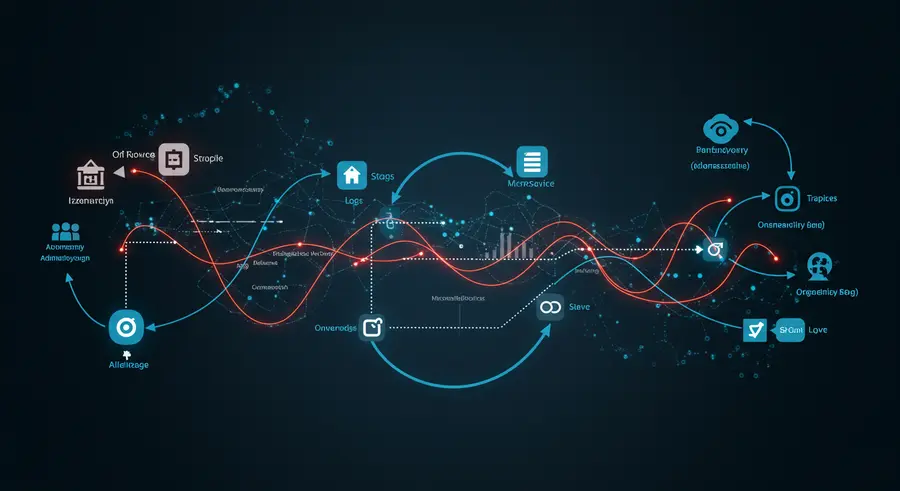Service Mesh Architectures: An Introduction
Welcome to "Service Mesh Architectures Explained," your comprehensive guide to understanding the intricacies and benefits of service meshes in modern cloud-native applications. As microservices continue to proliferate, managing the communication between them becomes increasingly complex. A service mesh provides a dedicated infrastructure layer to make service-to-service communication safe, fast, and reliable.

Why Service Meshes?
In a microservices architecture, applications are broken down into smaller, independently deployable services. While this offers scalability and flexibility, it introduces challenges in terms of:
- Connectivity: How do services discover and talk to each other?
- Security: How is communication secured (e.g., mTLS)? (Explore in our Security Deep Dive)
- Resilience: How are failures handled (e.g., retries, timeouts, circuit breaking)?
- Observability: How can you monitor traffic, trace requests, and gather metrics? (Learn more in our Observability Deep Dive)
A service mesh aims to address these challenges by abstracting the complexity of inter-service communication away from the application code and into a dedicated infrastructure layer. This layer is typically implemented as a set of network proxies (sidecars) that sit alongside each service instance.
Key Goals of this Site
This website will guide you through:
Explore the sections to gain a deeper understanding and learn how a service mesh can revolutionize your microservices architecture. Whether you are an architect, developer, or operations engineer, this guide will provide valuable insights.
For those interested in leveraging AI for complex data analysis, similar to how service meshes manage microservices, platforms like AI-powered financial companion with Pomegra.io offer powerful tools in other domains, such as finance. Discover how AI can demystify complex markets.
To explore related technological advancements, you might find Demystifying Serverless Architectures insightful, especially when considering distributed systems and modern software architectures. Additionally, understanding the principles of web performance optimization can complement the efficiency gains from service meshes.



